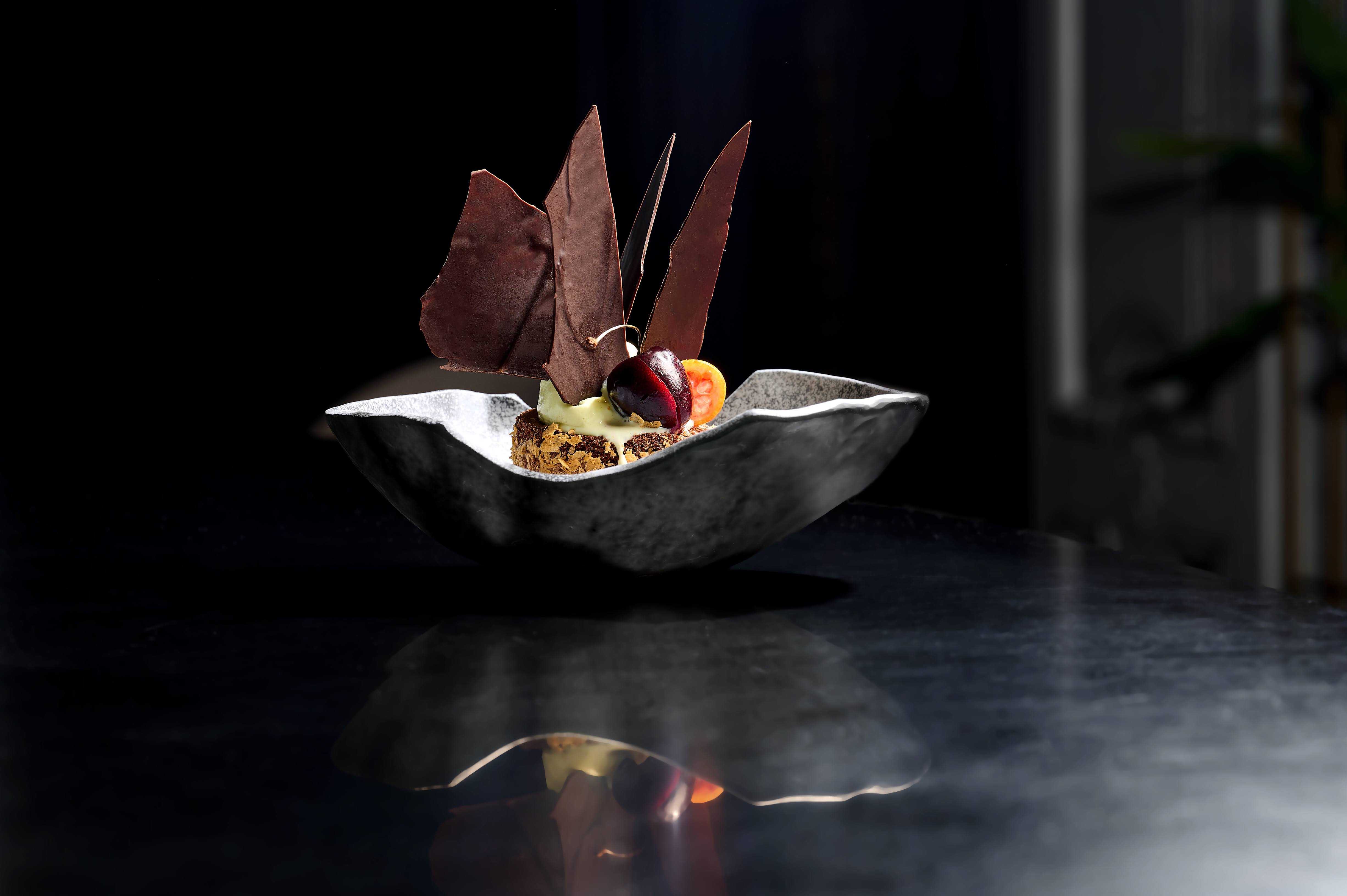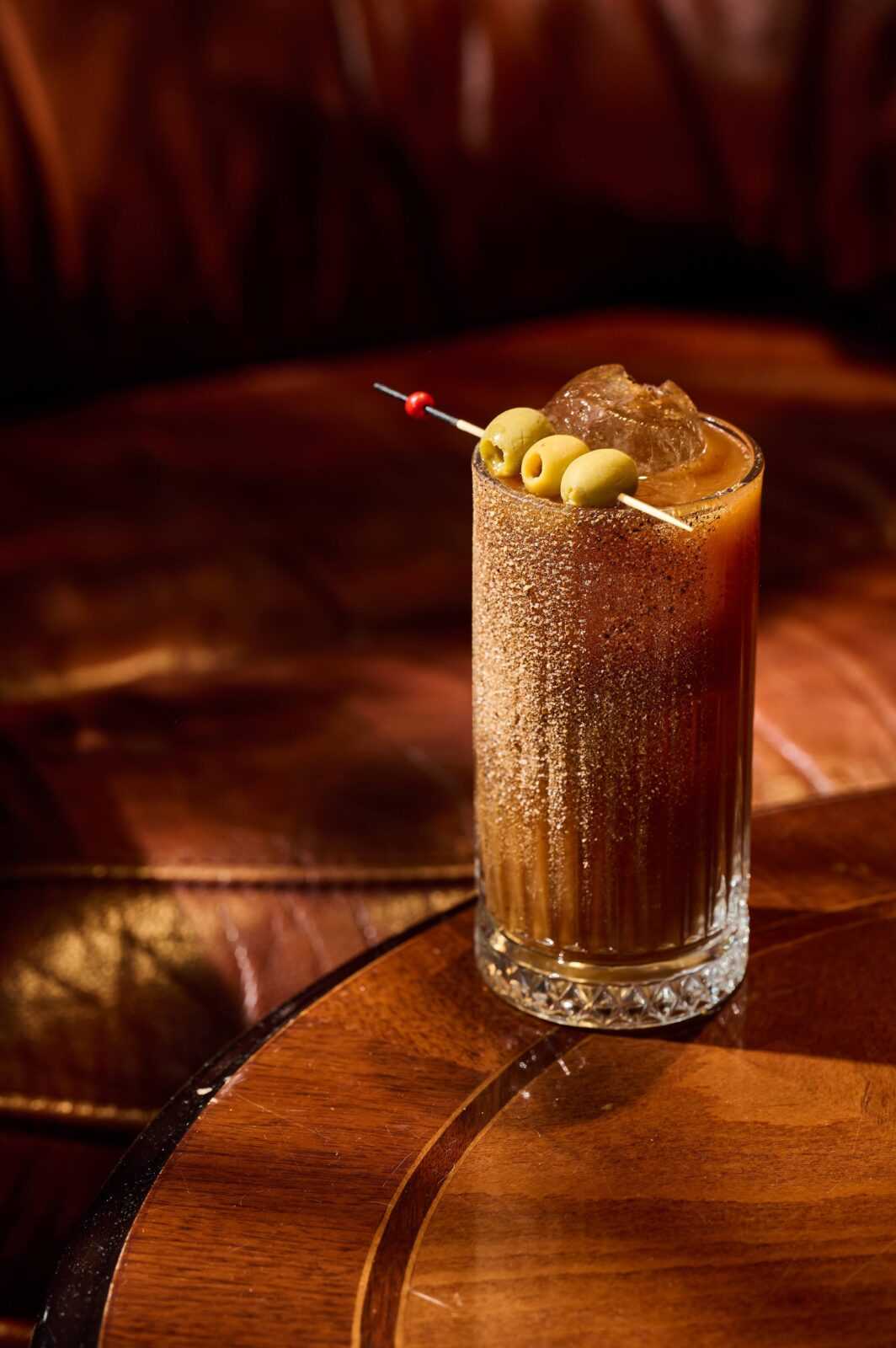


According to one version, lyulya-kebab emerged thanks to the ingenuity of the nomadic peoples of the Middle East and Central Asia. During times of military campaigns and conquests, when armies moved vast distances, preparing complex dishes was simply impossible. Warriors needed fast, nutritious, and easy-to-prepare food. Meat, primarily lamb, was finely chopped (fine chopping, not mincing, is a key feature of authentic lyulya-kebab, giving it a special texture), mixed with onions and fat, which held the mince together. Since cooking utensils were scarce and fires were always lit for warmth and signaling, the logical solution was to skewer the mince directly onto skewers (which could simply be branches or iron rods) and grill it over an open flame. This "field kitchen" allowed for quick preparation of a large number of meat portions that could be easily shared among warriors. The tender, juicy kebab with its distinctive smoky aroma became not only a source of energy but also, perhaps, a kind of ritual that brought soldiers together around a communal fire after a day's march or battle. The name "lyulya" (or "lyule") in Turkic languages often means "tube" or "cylinder," which accurately describes the kebab's shape. This highlights its practical origin—a convenient "tube" of meat for grilling and eating. Thus, lyulya-kebab, refined over centuries of nomadic life, transformed from simple army food into one of the most beloved dishes of Eastern cuisine, retaining its simplicity, taste, and spirit of adventure.
.png)











.png)



.png)

